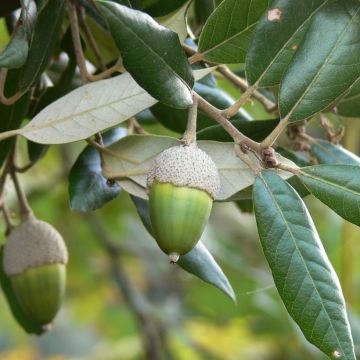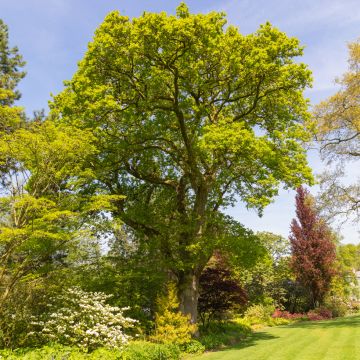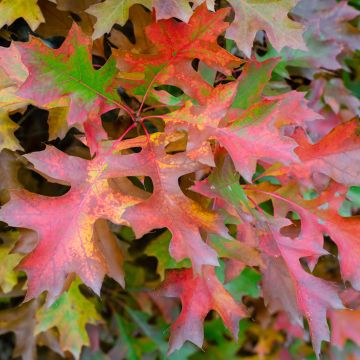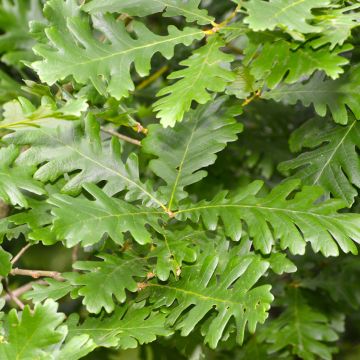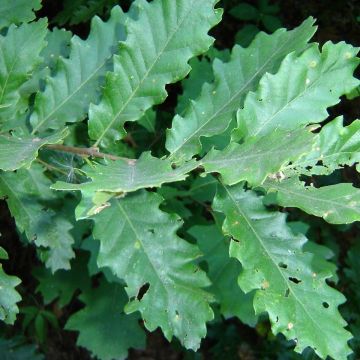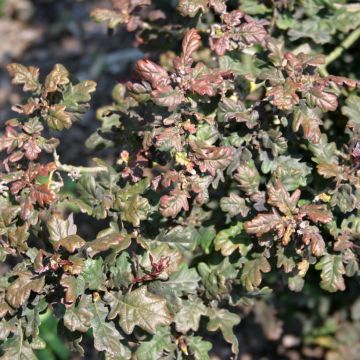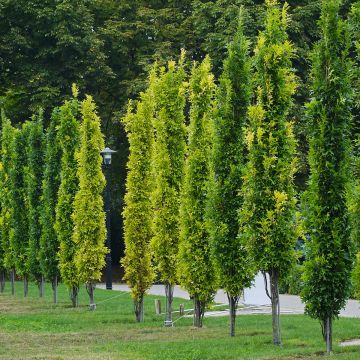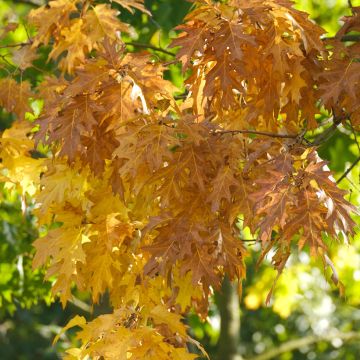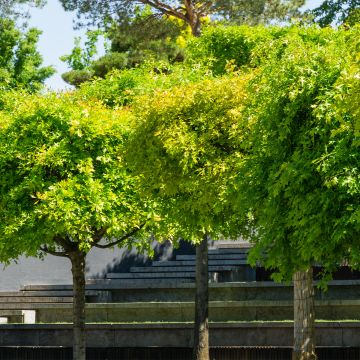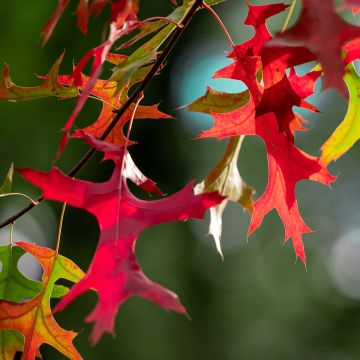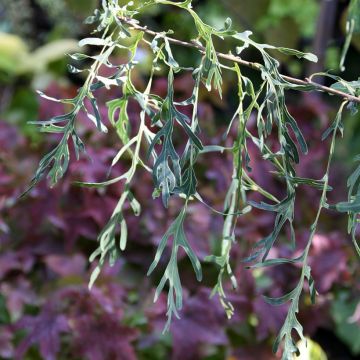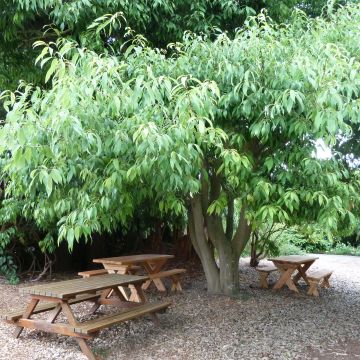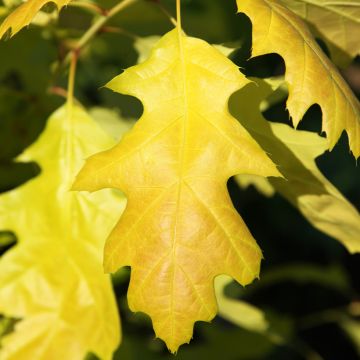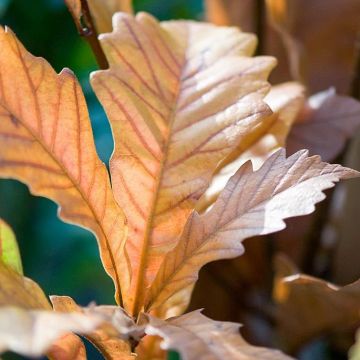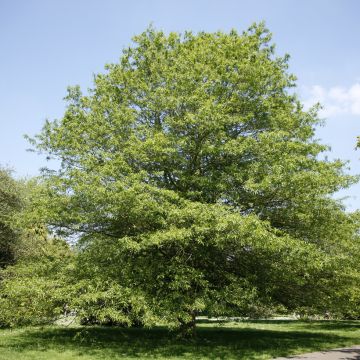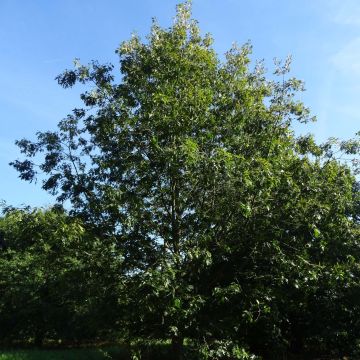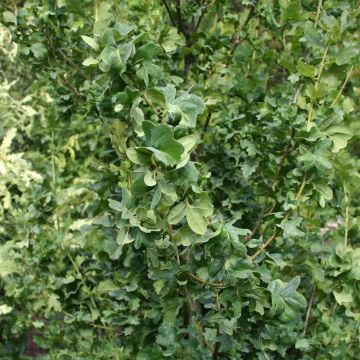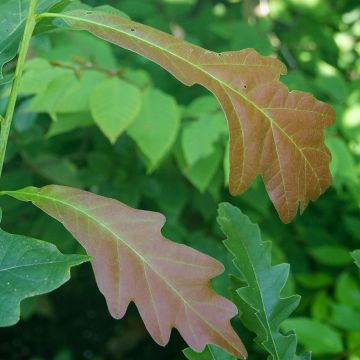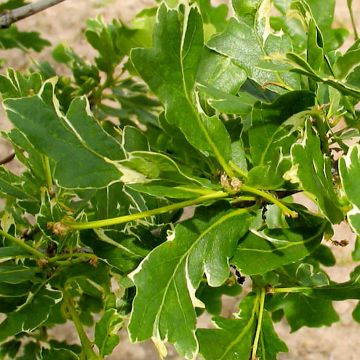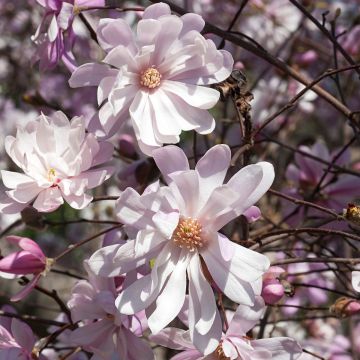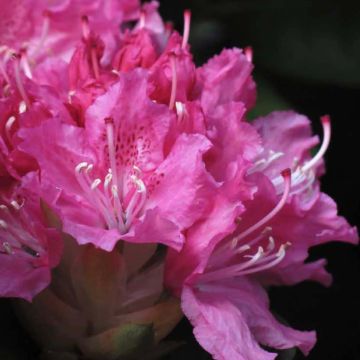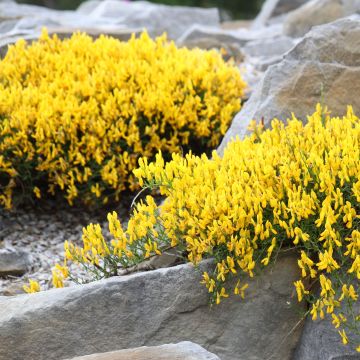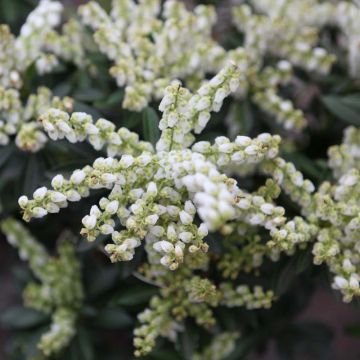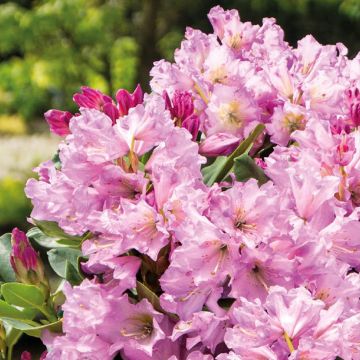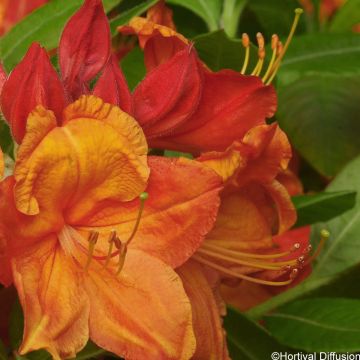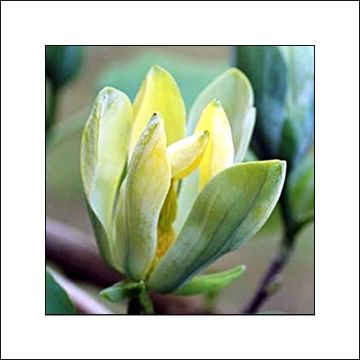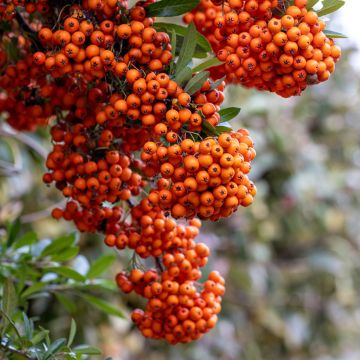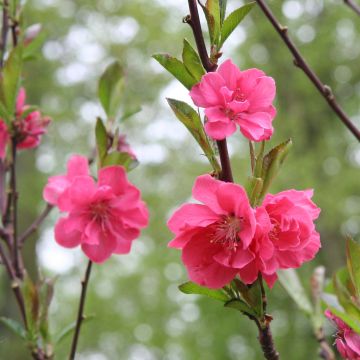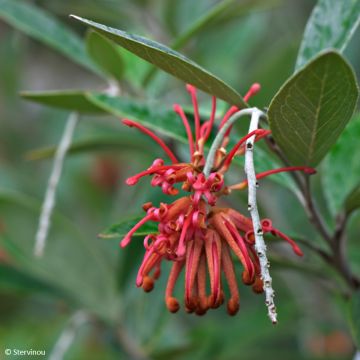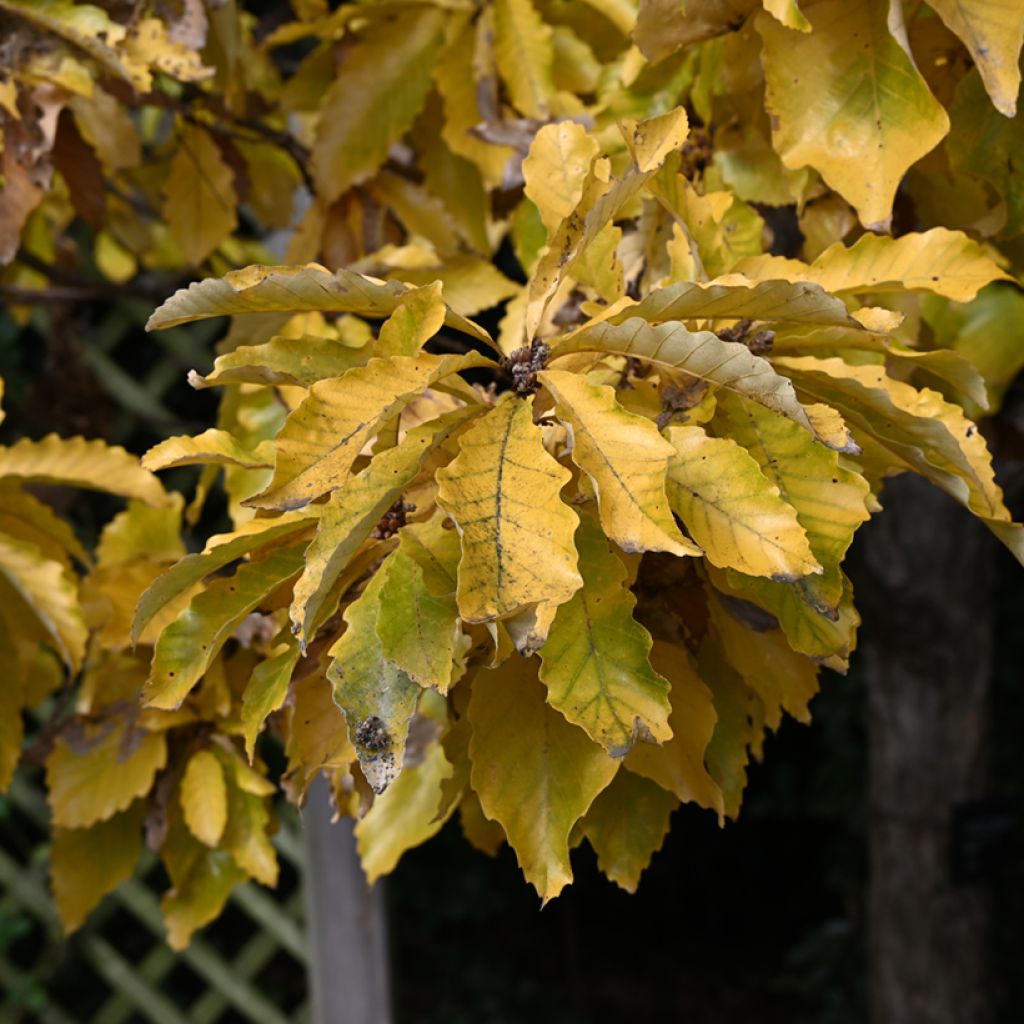

Quercus aliena - Galcham Oak
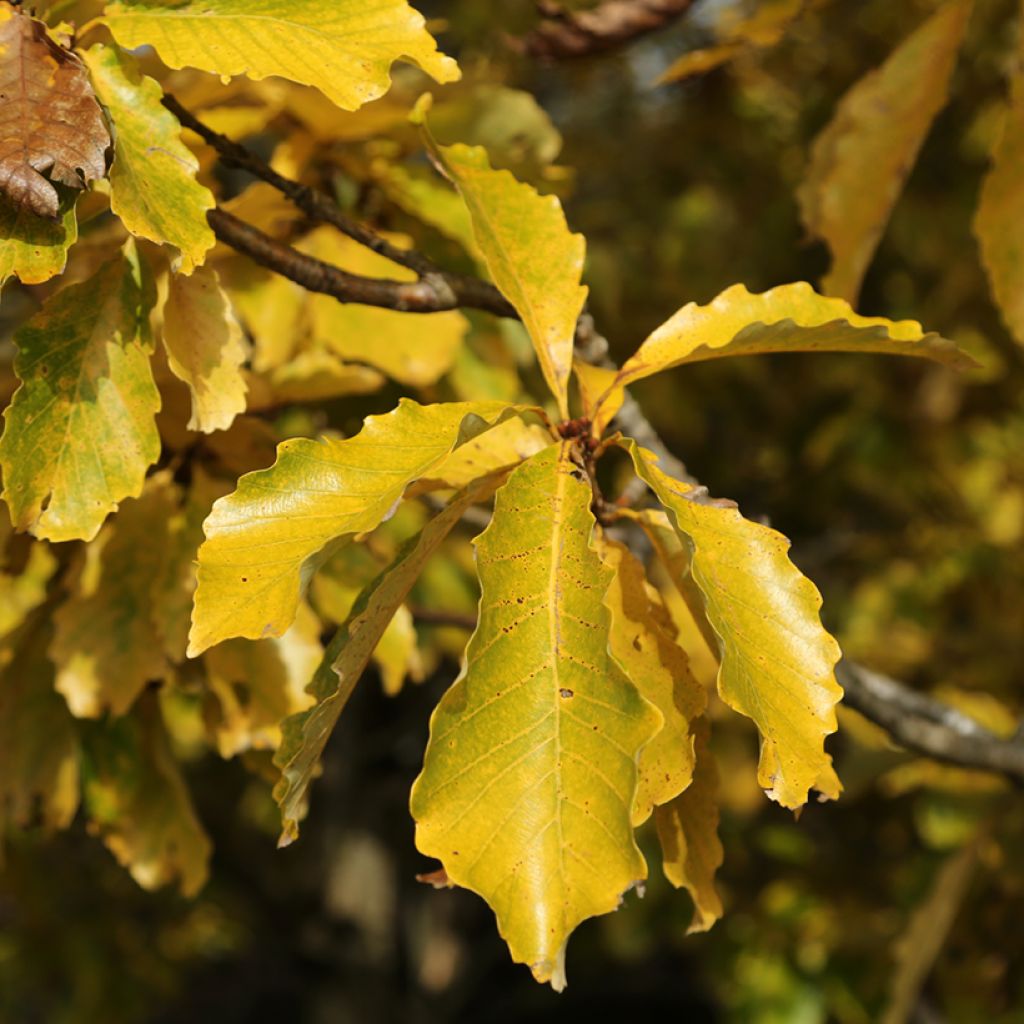

Quercus aliena - Galcham Oak
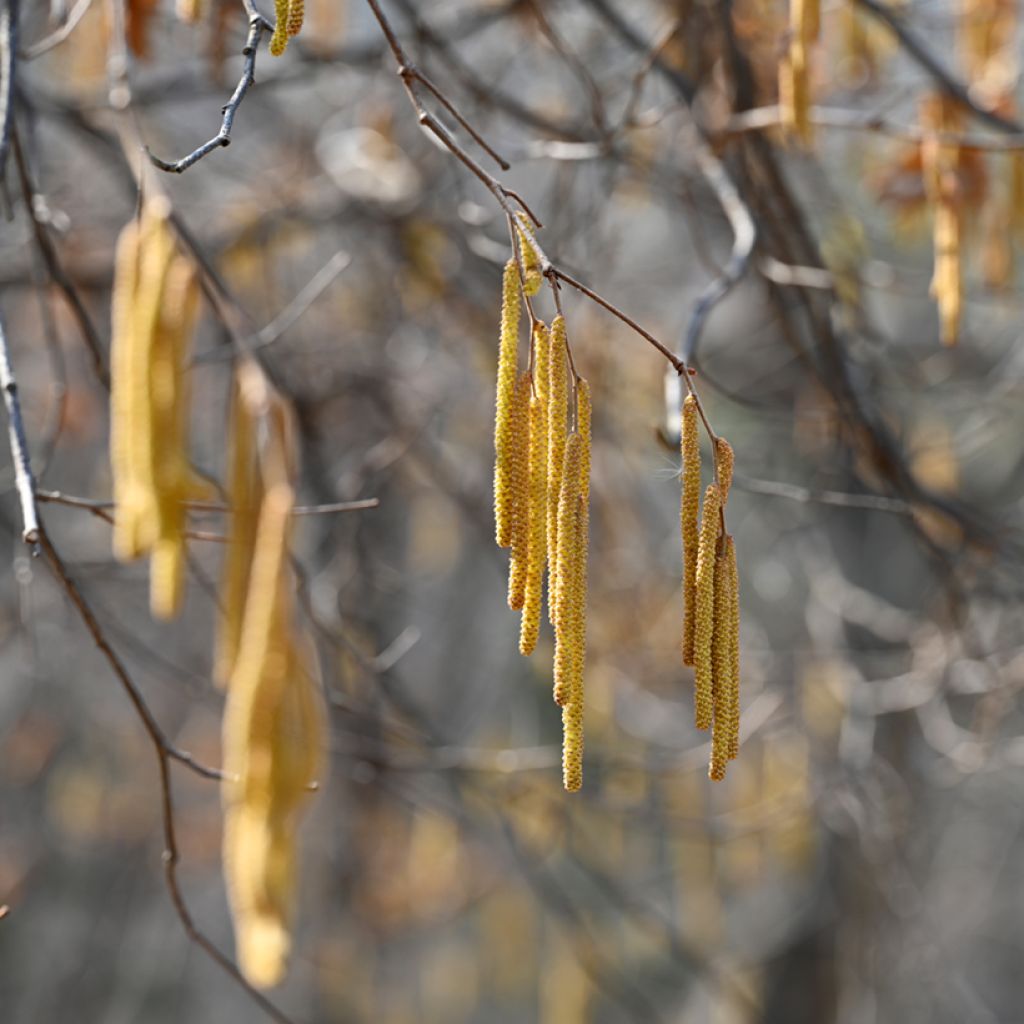

Quercus aliena - Galcham Oak
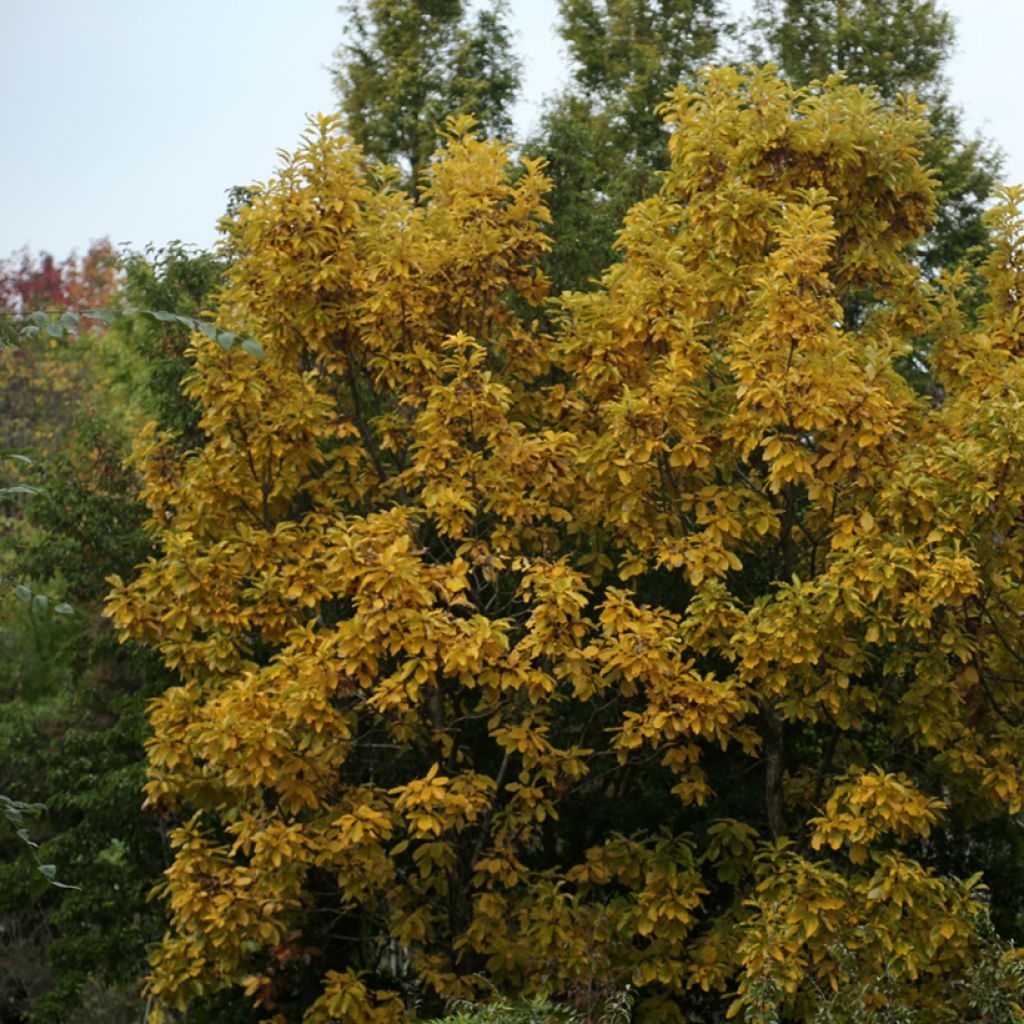

Quercus aliena - Galcham Oak
Quercus aliena - Galcham Oak
Quercus aliena
Galcham Oak, Oriental White Oak
Why not try an alternative variety in stock?
View all →This plant carries a 24 months recovery warranty
More information
We guarantee the quality of our plants for a full growing cycle, and will replace at our expense any plant that fails to recover under normal climatic and planting conditions.
From €5.90 for pickup delivery and €6.90 for home delivery
Express home delivery from €8.90.
Does this plant fit my garden?
Set up your Plantfit profile →
Description
Quercus aliena, also known as the Blume oak, is a majestic deciduous tree with a broad and rounded crown, very rare in cultivation. It is recognised by its large, veined leaves, green and glossy on the upper side, pale grey on the underside, its beautiful cracked grey bark, and its fuzzy acorns, carried on short stalks. Quercus aliena is an exceptional specimen for enthusiasts of rare trees who have a large plot of land.
The Blume oak belongs to the Fagaceae family, like all oaks. It is native to the eastern half of China, Korea, and Japan. This species grows in monsoon regions, alternating between a dry season and a rainy season. It was introduced to Europe in 1908 (at Kew in England). Quercus aliena forms a massive trunk topped by a wide and rounded crown. The trunk is grey, with deeply cracked and fissured bark. The growth of this tree is moderately fast, reaching 12 to 18 m in height and 6 to 10 m in spread. Its foliage is deciduous. The leaves are oval, with a pointed or rounded tip and a consistently tapered base. They are coarsely toothed and undulate, with 10 to 15 teeth, often blunt on each edge. The veins are well visible and parallel, radiating from the midrib to the tip of each tooth. These leaves measure between 10 and 20 cm in length and between 5 and 11 cm in width. The lamina is glabrous and dark green and shiny on the upper side, while the underside is very pale and covered with a fine down. Each leaf is carried by a petiole measuring between 1.2 and 3.2 cm in length. In autumn, they turn yellow, sometimes even orange-yellow, before falling.
Quercus aliena is monoecious, meaning that the same tree produces male and female flowers in separate locations. It blooms in April-May. The male flower catkins are pendulous, while the female flowers are arranged in spikes. The fruits, called acorns, are usually solitary, but can sometimes be grouped in pairs or threes. They measure between 1.2 and 2.5 cm in length, with a fuzzy top and a cup enclosing one-third to half of the acorn. The scales are appressed and fuzzy. The root system of this oak is deep and powerful, of a taproot type, ensuring a strong and durable anchorage in the deep soils it prefers.
The Blume oak is a tree for connoisseurs, best reserved for parks and large gardens. It is fairly tolerant, as long as it is planted in a sufficiently deep and not too dry soil. While resistant to cold, it fears late spring frosts. It is preferably planted in an oceanic climate. Tree enthusiasts will plant it alongside a sugar maple (Acer saccharum), a purple beech (Fagus sylvatica 'Atropurpurea'), or a weeping ash tree (Fraxinus excelsior 'Pendula').
Report an error about the product description
Plant habit
Flowering
Foliage
Botanical data
Quercus
aliena
Fagaceae
Galcham Oak, Oriental White Oak
China
Other Oak
Planting and care
Quercus aliena is planted in autumn or spring. It prefers deep, fertile soils that are not too dry in summer, slightly acidic, neutral, or slightly alkaline. It dislikes shallow rocky soils, excessively alkaline or acidic soils. It prefers sunny and open exposures. Be cautious of late frosts that can damage its young shoots. Protect it from excessively dry summers, especially in the years following planting. Once established, this tree requires very little maintenance.
Planting period
Intended location
Care
This item has not been reviewed yet - be the first to leave a review about it.
Spring-flowering shrubs
Haven't found what you were looking for?
Hardiness is the lowest winter temperature a plant can endure without suffering serious damage or even dying. However, hardiness is affected by location (a sheltered area, such as a patio), protection (winter cover) and soil type (hardiness is improved by well-drained soil).

Photo Sharing Terms & Conditions
In order to encourage gardeners to interact and share their experiences, Promesse de fleurs offers various media enabling content to be uploaded onto its Site - in particular via the ‘Photo sharing’ module.
The User agrees to refrain from:
- Posting any content that is illegal, prejudicial, insulting, racist, inciteful to hatred, revisionist, contrary to public decency, that infringes on privacy or on the privacy rights of third parties, in particular the publicity rights of persons and goods, intellectual property rights, or the right to privacy.
- Submitting content on behalf of a third party;
- Impersonate the identity of a third party and/or publish any personal information about a third party;
In general, the User undertakes to refrain from any unethical behaviour.
All Content (in particular text, comments, files, images, photos, videos, creative works, etc.), which may be subject to property or intellectual property rights, image or other private rights, shall remain the property of the User, subject to the limited rights granted by the terms of the licence granted by Promesse de fleurs as stated below. Users are at liberty to publish or not to publish such Content on the Site, notably via the ‘Photo Sharing’ facility, and accept that this Content shall be made public and freely accessible, notably on the Internet.
Users further acknowledge, undertake to have ,and guarantee that they hold all necessary rights and permissions to publish such material on the Site, in particular with regard to the legislation in force pertaining to any privacy, property, intellectual property, image, or contractual rights, or rights of any other nature. By publishing such Content on the Site, Users acknowledge accepting full liability as publishers of the Content within the meaning of the law, and grant Promesse de fleurs, free of charge, an inclusive, worldwide licence for the said Content for the entire duration of its publication, including all reproduction, representation, up/downloading, displaying, performing, transmission, and storage rights.
Users also grant permission for their name to be linked to the Content and accept that this link may not always be made available.
By engaging in posting material, Users consent to their Content becoming automatically accessible on the Internet, in particular on other sites and/or blogs and/or web pages of the Promesse de fleurs site, including in particular social pages and the Promesse de fleurs catalogue.
Users may secure the removal of entrusted content free of charge by issuing a simple request via our contact form.
The flowering period indicated on our website applies to countries and regions located in USDA zone 8 (France, the United Kingdom, Ireland, the Netherlands, etc.)
It will vary according to where you live:
- In zones 9 to 10 (Italy, Spain, Greece, etc.), flowering will occur about 2 to 4 weeks earlier.
- In zones 6 to 7 (Germany, Poland, Slovenia, and lower mountainous regions), flowering will be delayed by 2 to 3 weeks.
- In zone 5 (Central Europe, Scandinavia), blooming will be delayed by 3 to 5 weeks.
In temperate climates, pruning of spring-flowering shrubs (forsythia, spireas, etc.) should be done just after flowering.
Pruning of summer-flowering shrubs (Indian Lilac, Perovskia, etc.) can be done in winter or spring.
In cold regions as well as with frost-sensitive plants, avoid pruning too early when severe frosts may still occur.
The planting period indicated on our website applies to countries and regions located in USDA zone 8 (France, United Kingdom, Ireland, Netherlands).
It will vary according to where you live:
- In Mediterranean zones (Marseille, Madrid, Milan, etc.), autumn and winter are the best planting periods.
- In continental zones (Strasbourg, Munich, Vienna, etc.), delay planting by 2 to 3 weeks in spring and bring it forward by 2 to 4 weeks in autumn.
- In mountainous regions (the Alps, Pyrenees, Carpathians, etc.), it is best to plant in late spring (May-June) or late summer (August-September).
The harvesting period indicated on our website applies to countries and regions in USDA zone 8 (France, England, Ireland, the Netherlands).
In colder areas (Scandinavia, Poland, Austria...) fruit and vegetable harvests are likely to be delayed by 3-4 weeks.
In warmer areas (Italy, Spain, Greece, etc.), harvesting will probably take place earlier, depending on weather conditions.
The sowing periods indicated on our website apply to countries and regions within USDA Zone 8 (France, UK, Ireland, Netherlands).
In colder areas (Scandinavia, Poland, Austria...), delay any outdoor sowing by 3-4 weeks, or sow under glass.
In warmer climes (Italy, Spain, Greece, etc.), bring outdoor sowing forward by a few weeks.

































